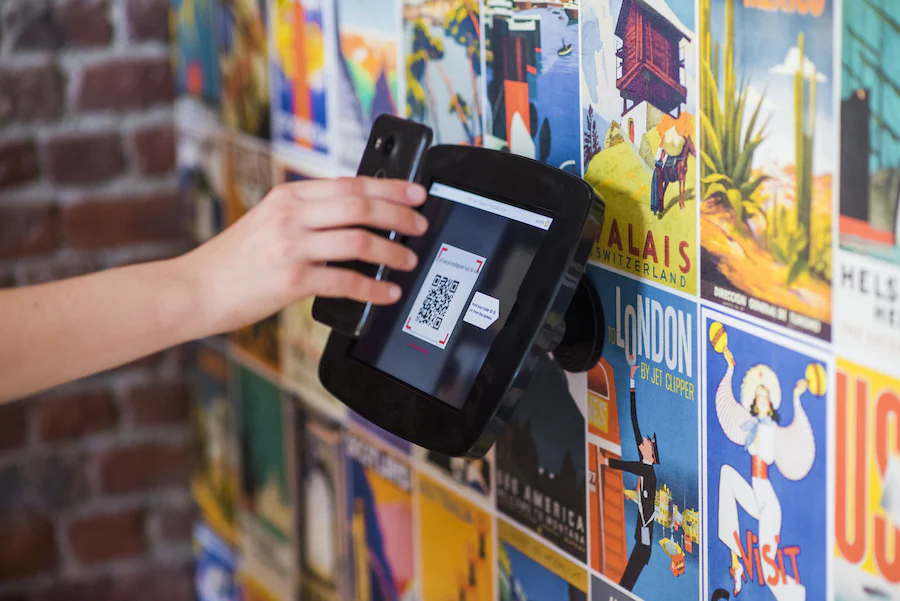Although QR codes have existed for quite a long time (since 1994), with the arrival of the COVID-19 pandemic, they have experienced their rebirth. A huge number of people, who have not used this technology before, were forced to get acquainted with it. Checking a covid certificate via a cell phone QR code has become commonplace.
Such sudden popularization has made the world interested in the use of codes and their gradual integration into different spheres of life activities. Today we will talk about their other applications (along with the one mentioned above) in healthcare.
How QR codes are used in healthcare?
- Authenticity control
Drug counterfeiting is a global problem. Therefore, it is extremely important to be sure that patients are consuming a valid drug and not something that will have no effect at best. A unique QR code can be placed on the package, the scanning of which will show the authenticity of the product.
- Patient Identification
Cards with QR codes on them replace traditional paper patient sheets. Employees of medical institutions can easily track the history of diseases and their treatment through them. This is especially important when the doctor is changed.
- Use outside the institution
Badges or wristbands with medical information are also used outside the clinic. This can play a life-changing role for patients who may become ill at any time. The information will help first responders and then ambulance personnel in orienting themselves in providing emergency aid.
Besides, such use of QR codes is also actual for patients who have problems with memory. For example, the elders of people who are suffering from Alzheimer’s. In this case, a QR code solves the problem of identification of the person and the data of the contact persons, which allows such patients to move freely around the city.
- Additional information inside hospitals
QR codes can reduce the size and quantity of printed materials of educational character, which are placed in medical institutions. In addition, the client may not waste time reading such brochures/posters on the spot, but rather scan the code and save the information on his phone. It is also possible to place a QR code with its contact information and schedule near the office of any particular doctor.
- Recipes and prescriptions
Dynamic QR codes are useful for recipes because their contents can be changed without changing the appearance of the code. So, when prescribing new medications for treatment, it will not be necessary to reprint the form.
- Instructions on the equipment
Medical equipment is extremely expensive, and its malfunction can cost lives. Although all relevant medical personnel are required to be instructed and trained in the use of such equipment, the opportunity for guidance would be appropriate. The QR code with the corresponding instruction will allow not to spend extra time searching, especially when this time is short. The same applies to repair specialists if the equipment fails.
So why use QR codes in healthcare?
Of the above, the following conclusions can be drawn with regard to the benefits of using QR codes:
- help reduce the cost of paper products, be it cards, recipes, or brochures.
- in addition to reducing costs, it is also a more environmentally friendly approach;
- are readable by any modern smartphone with Android or iOS;
- increase the productivity of the staff;
- help adhere to social distancing.
With all these advantages, creating QR codes is not difficult. With the help of a modern QR code generator, it becomes intuitive and does not require any special knowledge in programming.
Thus, the use of QR codes in the sphere of health care is more than justified and has a wide range of implementation. Increasing the speed and improving the interaction with patients, it is not surprising that more and more clinics are using this tool.
You may also like
-
White Label CBD Europe: Quality You Can Trust
-
Teach Your Child About The Importance Of Dental Health On Time
-
Taking Control of Your Mental Health: Tips and Strategies
-
CBD vs Delta-8 vs Delta-9: What’s the Difference and How Can Busy Parents Benefit from Each?
-
The Science Behind Aging Well: Why Seniors Need to Stay Active
